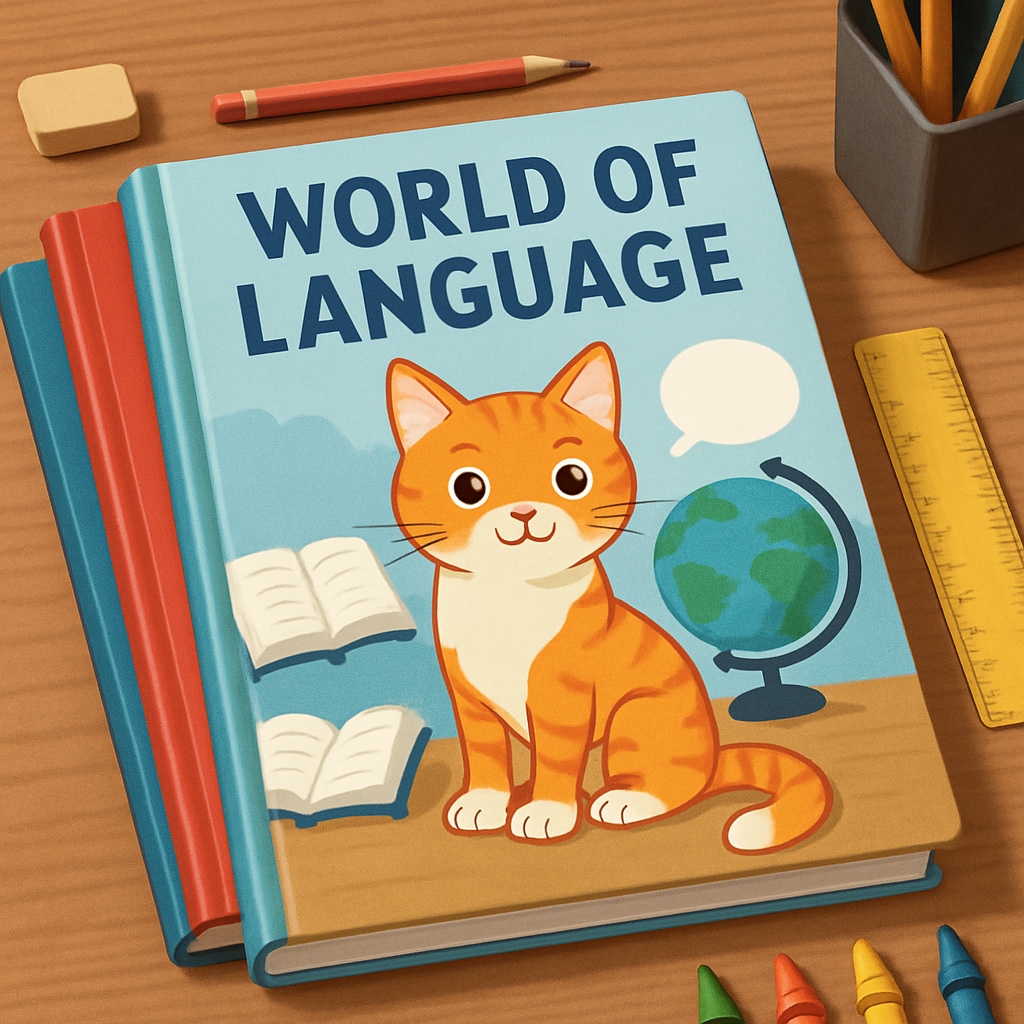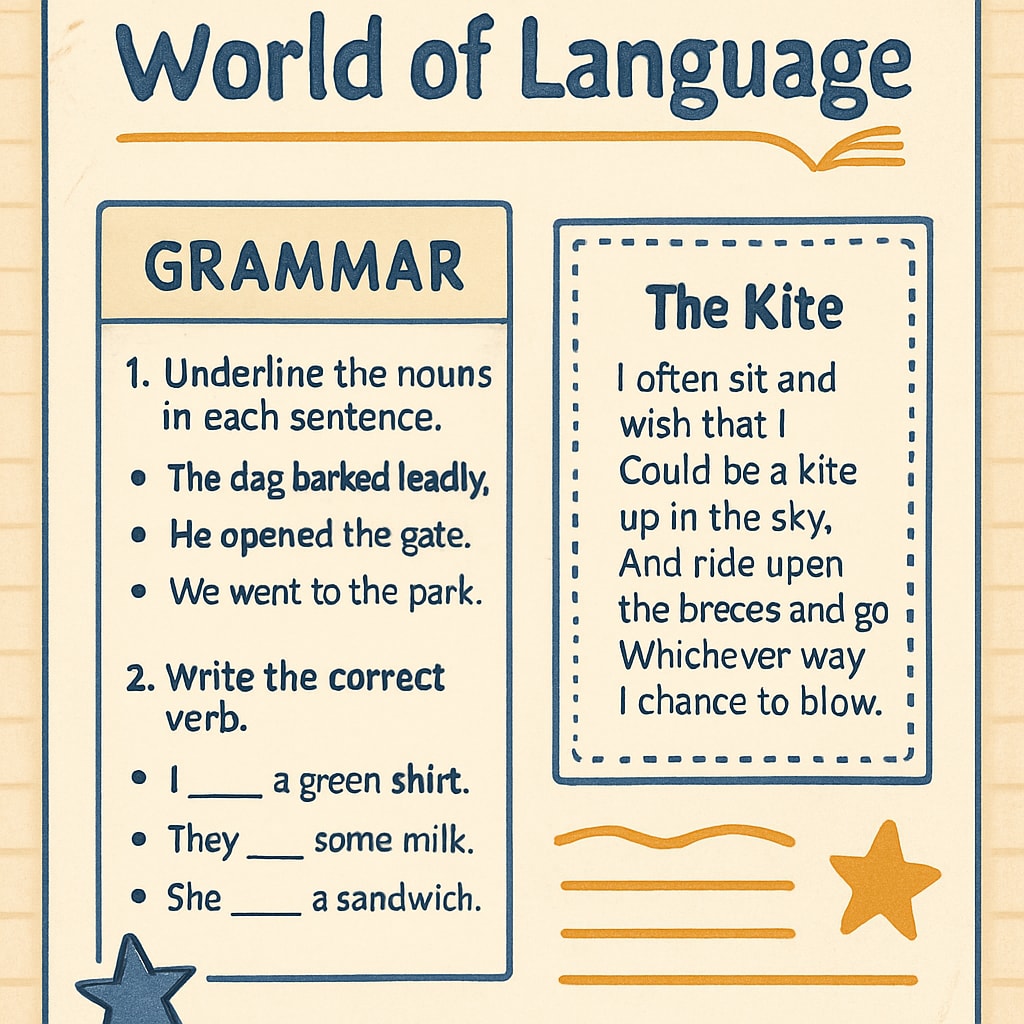The “World of Language” elementary language textbook series, remembered fondly for its iconic cat-covered third-grade edition, remains a shining example of effective language education. While today’s classrooms are flooded with digital resources, this classic textbook series stands out for its structured, engaging, and well-rounded approach to teaching language skills. For generations, “World of Language” has nurtured a love for reading, writing, and critical thinking, making it a timeless resource in the field of education.
The Iconic Cat Cover: More Than Just a Design
For many students, the cat on the cover of the third-grade “World of Language” textbook became an enduring symbol of their early education. Beyond the charming design, the textbook’s content balanced rigorous language instruction with creative and interactive exercises. Each chapter introduced children to grammar, vocabulary, and sentence structure through systematic lessons that were both challenging and fun.
The book was a pioneer in the way it integrated stories, poems, and real-world examples to contextualize language rules. For instance, a grammar section might be followed by a short story where students could identify and apply the rules they had just learned. This practical approach bridged the gap between theory and application, fostering deeper understanding.

What Made “World of Language” Unique?
The “World of Language” series stood out for its adaptability and inclusiveness. Unlike many textbooks of its time, it catered to different learning styles. Visual learners benefited from the colorful illustrations, while kinesthetic learners engaged with hands-on exercises. The textbook also emphasized critical thinking, encouraging students to analyze texts, write creatively, and discuss their ideas with peers.
Key features of “World of Language” included:
- Integrated Learning: Lessons combined grammar, reading comprehension, and writing to provide a holistic understanding of language.
- Progressive Difficulty: The content gradually increased in complexity, ensuring students were consistently challenged but never overwhelmed.
- Engaging Content: Stories, poems, and real-world scenarios made learning relatable and enjoyable.
- Teacher-Friendly Design: Clear instructions and supplementary materials made it easy for educators to plan lessons.
These elements not only made the series effective but also memorable, setting a high standard for elementary language education.

Lessons for Modern Education
In today’s digital age, where online learning platforms and apps dominate, the success of “World of Language” offers valuable insights. Its systematic structure and focus on gradual skill-building remind educators of the importance of balancing technology with proven teaching methods. While digital tools can enhance learning, the core principles of clarity, engagement, and progression remain irreplaceable.
Education experts often highlight the need for resources that promote critical thinking and creativity—qualities that “World of Language” championed decades ago. Additionally, its reliance on physical books encouraged focused learning, a stark contrast to the distractions of modern devices.
For parents and teachers seeking alternatives to digital overload, revisiting classic textbooks like “World of Language” can be a refreshing choice. Its lessons, though traditional, remain relevant and effective, proving that good education transcends time.
Conclusion: A Legacy Worth Celebrating
The “World of Language” series, with its humble cat-covered third-grade edition, has left an indelible mark on language education. Its thoughtful design, engaging content, and emphasis on practical application continue to inspire educators and learners alike. As we navigate the complexities of modern education, this classic textbook serves as a reminder of the enduring value of well-crafted teaching resources.
Whether you’re a former student reminiscing about your school days or an educator seeking inspiration, “World of Language” is a testament to the timeless art of teaching. Let us celebrate its legacy and draw lessons from its success to shape the future of language education.
Readability guidance: This article uses short paragraphs and lists to enhance readability. Transition words like “however,” “in addition,” and “for example” ensure smooth flow. Active voice is prioritized to maintain engagement.


